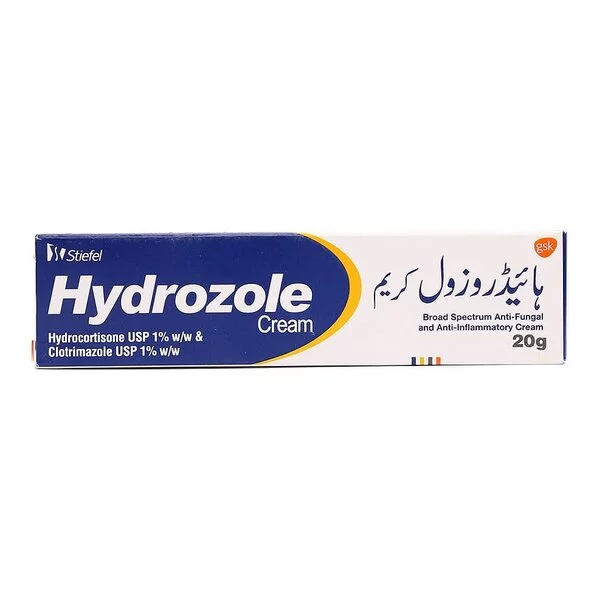Cardiovascular Disease is an inclusive term used for all conditions that affect the circulatory system, including the heart, arteries, veins, and capillaries. Cardiovascular disease often causes repercussions in other organs like the kidneys, brain, liver, etc., and claims the most lives worldwide; making awareness on common cardiovascular conditions imperative:
Table of Contents
1- Aortic Disease:
Affecting the body’s largest blood vessel that distributes blood from the heart to the entire body, i.e. the aorta, this particular set of conditions causes the aorta to weaken and bulge outwards (aortic aneurysm), possibly resulting in life-threatening blood loss if left untreated.
2- Arrhythmia:
Defined by a heartbeat that may either be faster (tachycardia) or slower (bradycardia) than normal, or simply aberrate from its normal rhythm (atrial fibrillation), arrhythmia results in organ damage or temporary shutdown due to inefficient blood supply. Arrhythmia can manifest as a medicinal side-effect or due to other bodily abnormalities and may or may not be life-threatening.
3- Cardiomyopathy:
Referred to as ‘Heart Enlargement’ in the common tongue, cardiomyopathy causes the cardiac muscles to thicken and stiffen, resulting in an increased heart size which reduces its blood pumping ability. Cardiomyopathy can lead to heart arrhythmia and heart failure if left untreated, and is usually caused by diabetes, metabolic diseases, hypertension, infections, and obesity.
4- Cerebrovascular Disease:
Affecting blood vessels in the brain, this branch of cardiovascular diseases is a side-effect of reduced blood supply to the brain, usually due to a clot, narrowing of brain-supplying vessels, or as a result of another heart condition. Based on blockage duration, cerebrovascular disease is divided into two types:
- Cerebrovascular Thrombosis/Stroke is blockage or bursting of a blood vessel in the brain or neck, resulting in permanent brain damage leading to paralysis, disability, speech and vison issues due to oxygen deprivation. It is a medical emergency.
- Transient Ischemic Attack is temporary blockage and disruption of brain blood flow for less than 24 hours, causing brief, sudden changes in brain function, temporary numbness, weakness in one side of the body, imbalance, confusion, and blindness in one or both eyes, among others. The effects may be severe but are rarely permanent.
5- Congenital Heart Disease:
Unlike most acquired heart conditions, congenital heart disease is present at birth since deformations in the heart’s structure are the result of nutritional deficiencies, trauma, exposure to certain medication, etc. during pregnancy, or due to defective genes. These conditions range from simple defects like a small hole in the heart’s wall to life-threatening deformations like a leaky heart valve and missing a small part of the heart entirely.
Most congenital disorders can only be corrected through surgery, although some may require it earlier than later and/or in multiple sittings. Affectees also usually require following lifelong precautions or until their surgery. Moreover, symptoms may only begin to show during early childhood or adulthood depending upon the condition.
6- Heart Failure:
As opposed to the name, heart failure does not mean that the heart no longer functions, but is rather defined as gradually weakening blood pumping ability resulting in reduced blood and oxygen supply to the body. This chronic condition results from heart muscle damage, and generally manifests as shortness of breath, swollen ankles, legs and feet, fatigue, difficulty breathing when lying down, and reduced exercise tolerance. Heart failure is the primary cause of hospitalization in individuals over 65 whom the condition commonly affects.
7- Heart Valve Disease:
Affecting the valves responsible for preventing reverse blood flow into the heart, heart valve disease often affects 1 or more of these 4 valves’ ability to open or close, which negatively affects bodily blood flow and supply. Depending upon the location, common heart valve disorders include:
- Mitral Valve Prolapse: Improper closure of the valve lying between the left atrium (upper heart chamber) and left ventricle (lower heart chamber)
- Aortic Stenosis: Narrowed aortic valve located between the aorta and left ventricle causing blood leakage from the heart.
- Mitral Valve Insufficiency: Loose closure of the mitral valve resulting in reverse blood leakage and fluid buildup in the lungs.
Awareness can lead to a timely diagnosis and proper treatment. So, if you observe any of the signs and symptoms pertaining to a cardiovascular disease, consult with your doctor for an accurate diagnosis. You can also book an appointment with a top Cardiologist in Islamabad, Karachi and Multan through oladoc.com, or call our helpline at 042-3890-0939 for assistance to find the RIGHT Doctor for your cardiac concerns.






